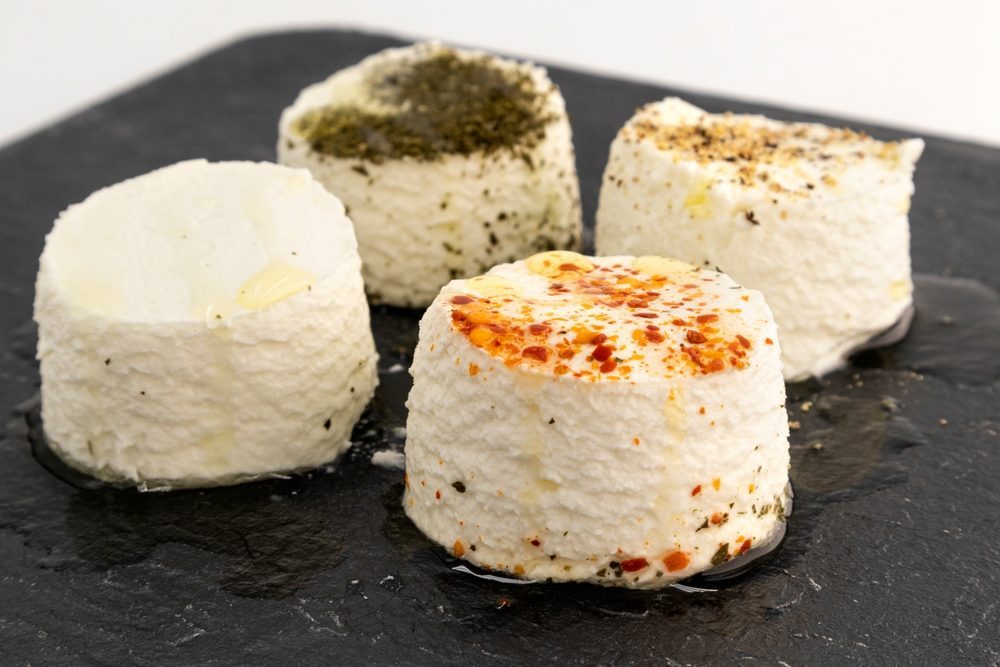;)
With their firm flesh and sugary flavor, pears are much loved and they are consumed almost all year round. Did you know that there are many varieties of pears, very different from each other in flavor and compactness? We have identified eight varieties, the best known ones and most loved ones, with some advice for using them in the kitchen.
William, Santa Maria, Rosada, Kaiser or Conference: today we bring you into the varied world of juicy, sweet and sugary pears. Pears are consumed throughout the year, starting from the hottest months in which they are harvested. There is not a single pear: the varieties are indeed numerous, each one with different characteristics and compactness, each one perfect for preparing sweet or savory recipes, a classic donut, a delicious tart and even first courses and alternative salads. How to recognize and choose the most suitable pears for our recipes? Here is a practical guide to get to know them better and use them in the kitchen.
1. Williams

Probably the best known pear variety, Williams pears have a light green skin with some yellow streaks, and the pulp is white, sweet and particularly juicy. Williams pears "were born" in England at the end of the Eighteenth century and abound on supermarket counters between the months of August and February. A very versatile type of pear, Williams is perfect for fruit salads, smoothies, jams and juices. When it is ripe, it is an excellent snack to simply eat in wedges.
2. Coscia

The Coscia pear is small in size, with yellow and red skin and a very juicy and sugary pulp. To best enjoy them, you can bake a delicious pear and chocolate cake, eat some pears in red wine or enjoy them naturally, combined with semi-hard cheeses.
3. Santa Maria

We can find this kind of pear during the summer and we can taste it until October; the Santa Maria pears are small and round in shape, they have a white pulp with a not too sweet taste and yellow and green skin, very smooth. Santa Maria is a young variety, and it was born from a graft between Williams and Coscia varieties: born in 1957, thanks to its fresh and slightly sugary taste, the Santa Maria pear is perfect for preparing jams or creamy chutneys to pair with meat.
4. Decana pear

The Decana pear is rounded with a short and thick petiole. Cultivated in Italy and Holland, the Decana pear has a very particular skin: a light green background with rust and pinkish streaks, especially in the part of the fruit most exposed to the sun. The pulp is compact, sweet and very fragrant: its best use in the kitchen is undoubtedly the preparation of a delicious homemade jam.
5. Conference

Harvested in May, the Conference pear was born in England at the end of the 19th century, it prefers a cool climate and for this reason it is grown in the Netherlands, Belgium and North-Italy. It has an elongated shape with a more rounded base, a green skin with streaks tending towards bronze, a juicy and white, sweet pulp with some acidulous notes. Its natural vocation in the kitchen is to be with chocolate, or in meat dishes where it plays a fundamental role in the balance of flavors.
6. Kaiser

Among the best known and most consumed varieties of pears, Kaiser has a regular shape, the "classic" shape of the pear: brown skin, juicy pulp, with a taste that alternates sweet and sour and a compactness tending to crunchy. In the kitchen it is perhaps the most appreciated of all the varieties because the very firm pulp allows the Kaiser to be used in numerous recipes: excellent for a pear and gorgonzola risotto, but also for sweet recipes, a pear crumb cake or a delicious tart, good like that of your grandmother.
7. Guyot

Yellow skin and medium size, the Guyot pear is a cousin of the best known William: the two varieties are very similar but they are harvested in different periods (the Guyot is harvested earlier, already in July). It has a light-colored pulp, tending to white, a slightly grainy compactness with a very sweet and sugary flavor. Like William, Guyot is good to eat "raw", preferably in fruit salads and fresh smoothies.
8. Carmen

Last but not least, the Carmen pear was born in Italy from Guyot, it is small in size, with an elongated shape and a smooth skin, light green on the bottom with reddish streaks. The pulp of this pear variety is juicy, with a pleasant and sugary taste, perfect to bite for a healthy snack during the summer months.

;Resize,width=712;)

;Resize,width=767;)
